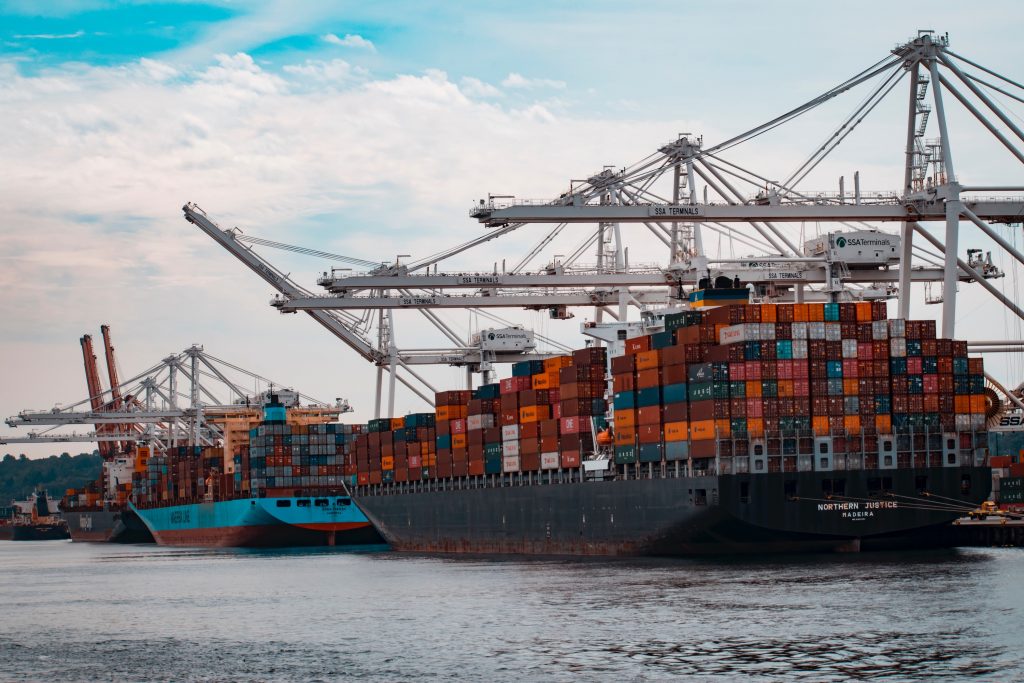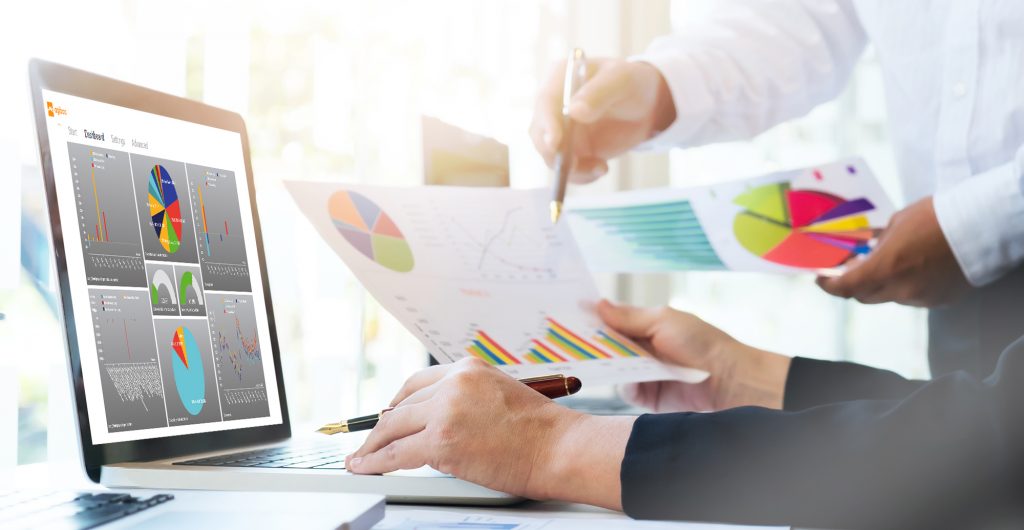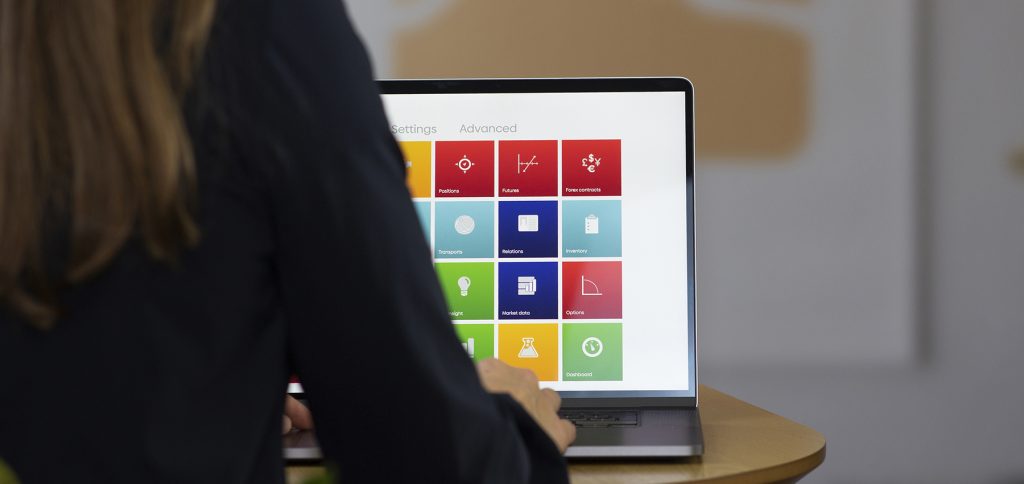We’ve recently shared a blog post on risk analysis in Agiblocks to deal with uncertainties, which was partly in response to the current geopolitical situation with regards to Russia and Ukraine. Today, we’ll take an even broader macro perspective and have a look at trends that have a longer arch than these past few months, from rising shipping costs to the related prices of commodities and raw materials and the overall effect on inflation.
In a way, it is still 2020, a long year that has yet to end – which sort of makes this the third spring of the year. That is a bit of an overstatement for sure. However, we’re still dealing with the effects of the pandemic. We’re still stuck in the Suez Canal, still scrambling to find affordable shipping containers. Moreover, skyrocketing shipping costs have now lead researchers from the IMF to conclude that the upward trend is slowly but surely contributing to inflation as well – with the impact likely to build through the end of this year.
Shipping costs and inflation
“We find that shipping costs are an important driver of inflation around the world,” the IMF writes in its weekly blog post on pressing economic and policy issues. “When freight rates double, inflation picks up by about 0.7 percentage point. Most importantly, the effects are quite persistent, peaking after a year and lasting up to 18 months. This implies that the increase in shipping costs observed in 2021 could increase inflation by about 1.5 percentage points in 2022.”
While the pass-through to inflation is less than that associated with fuel or food prices—which account for a larger share of consumer purchases—shipping costs are much more volatile”, The Maritime Executive states in a response to the IMF publication. “As a result, the contribution in the variation of inflation due to global shipping price changes is quantitatively similar to the variation generated by shocks to global oil and food prices.”
The IMF concludes that the inflationary impact of shipping costs will continue to build over the course of this entire year, creating complicated trade-offs for many central bankers facing increasing inflation and still ample slack in economic activity. Moreover, the war in Ukraine –as discussed in another blog update – is likely to cause further disruptions, which could keep global shipping costs—and their inflationary effects—higher for even longer.

Inevitable price volatility
“Volatile and unstable global markets have widespread implications for manufacturing organizations”, an interesting blog post on the website of a Chinese consumer electronics manufacturer states. Although published in May of 2021 – the second spring of 2020, to keep to our previous hyperbole – it holds true today. “From rising energy costs to unexpected fluctuations in raw material costs, unforeseen obstacles are destabilizing supply chains and making it difficult for manufacturers to remain in the black.”
Diving deeper into that particular blog and the context, it turns out the original post is actually dated April 2020 (the first spring, to come full circle!) and published by TRACC, so we’d like to quote the rightful party here: ‘Rising cost of raw materials — forging strategies to address its impact’. “With supplies of many raw materials becoming harder to secure, commodity price volatility may not be just a temporary phenomenon,” states TRACC. “It is up to manufacturers to either absorb additional costs, find new ways to mitigate the expenses, or pass price increases along to customers who are already reluctant to spend. Organizations that resort to a policy of waiting for processes to normalize are setting themselves up for inevitable failure, while those that adapt and adjust to new market conditions grow stronger and more profitable.”As said, you can find the full blog here.
WYCNATHH - What You Can Not Afford To Have Happened!
When it comes to market volatility and being ready for whatever comes next, the most important thing is that you know your WYCNATHH – What You Can Not Afford To Have Happened! Only when you know the limits of your company – and have the proper insight in your position – can you set your controls and measures around it.
Good Position and indeed Risk Management allows you to anticipate on managing disruptive or less favorable scenarios. Continuous measurement of exposure to markets, to counterparty defaults and to forex movements is key, particularly in derivative dominated markets you need such on a real time basis.
Mostly, the obvious risk metrics will be sufficient when applied consistently and frequently. Over the years, we’ve observed that finance providers and shareholders increasingly ask for Value at Risk type of monitoring. Value at Risk (VaR) is a mathematical and statistical model that based on historical and / or random simulations, predicts the likelihood of future value of a trading or risk portfolio. A VaR is basically allowing a company to evaluate its potential risk exposure in monetary terms to their WYCNATHH!
WYCNATHH and VaR
As a software vendor for commodity trading and risk management software we have long since anticipated this trend and are able to provide Value at Risk tools to the market. VaR is a clear and comprehensible measure of the estimated risk of loss for any investment – ‘clear’ meaning fairly easy to use, and ‘estimated’ meaning there are no guarantees. In economics and finance, as well as in life, things are never one hundred percent certain, nor do the most certain outcomes yield the best results. It is explained in detail in this article.
Anyway, VaR provides an estimation (or probability) of the size of the loss for an investment, given variables like asset size, market conditions and time constraints. For an investor, it’s all about probabilities, as the main focus of risk management is usually: ‘what are the odds of losing money?. Value at Risk is focused on that very presumption. It is typically used to estimate the amount of assets needed to cover potential losses. | For more on hedging, refer to our previous article: Hedging 101 – hedging with agricultural options.

Inflation
Circling back to the research on inflation by the IMF; first of all, inflation is always with us. Which is not necessarily a bad thing, as economists like to see a slow, steady rise in prices as an indicator of a healthy economy. When prices rise, the same amount of money buys you less. Inflation, in other words, eats away at the value of your monetary reserves. The solution is to invest in anything that yields a higher return than the going rate of inflation.
Conventional wisdom states that gold is the go-to for inflation hedges, as it is an asset that tends to hold a steady value. At the same time, finance data shows that in the long term, stocks are a better bet to protect your portfolio against any inflation to come. The same goes for real estate. However, we are not in the business of hedging with gold, nor are we stock brokers or realtors and estate agents. We serve the trade of soft and/or agricultural commodities, and we’re here to tell you that those commodities too are at the top of investments that make good inflation hedges.
Commodities and inflation
Commodities and inflation have a very special relationship. As a general rule, commodities are an indicator of inflation on the horizon. As the price of a commodity rises, so does the price of any product where it is used in the production process. Therefore, commodity prices exhibit measurable economic change before the economy as a whole (inflation) is affected. While commodity prices are not a hundred percent indicator of inflation, they can be a good starting point in hedging against inflation. That is why agricultural goods offer value as a portfolio diversifier that serves as a hedge against inflation.
Hedging against inflation is an essential part of protecting your wealth, whether that wealth is sitting in a bank account or part of a portfolio of assets – or commodities.
Commodity trading and Agiblocks CTRM software
Inflation is unavoidable, a calculated operational risk not unlike counterparty risk, credit risk and market price risk. In commodity trading, a price can be settled in many different ways, ranging from a fixed price to a market related price. Of course, our Agiblocks CTRM solution can help you with all those steps, as physical contract management is where it excels; it supports trading management as well as financial management from the same source of data and within the same easily accessible application. Designed by traders, Agiblocks enables its users to focus on the essence of their trading.
Are you a trader, buyer or seller in soft and/or agricultural commodities and do you want to know more about commodity trading and our next-generation CTRM solution? The full range of Agiblocks functionality is available within our newly improved demo environment. Familiarize yourself with the tools and features of our powerful and agile software solution and find out how you can improve your daily routine. Find out more!


